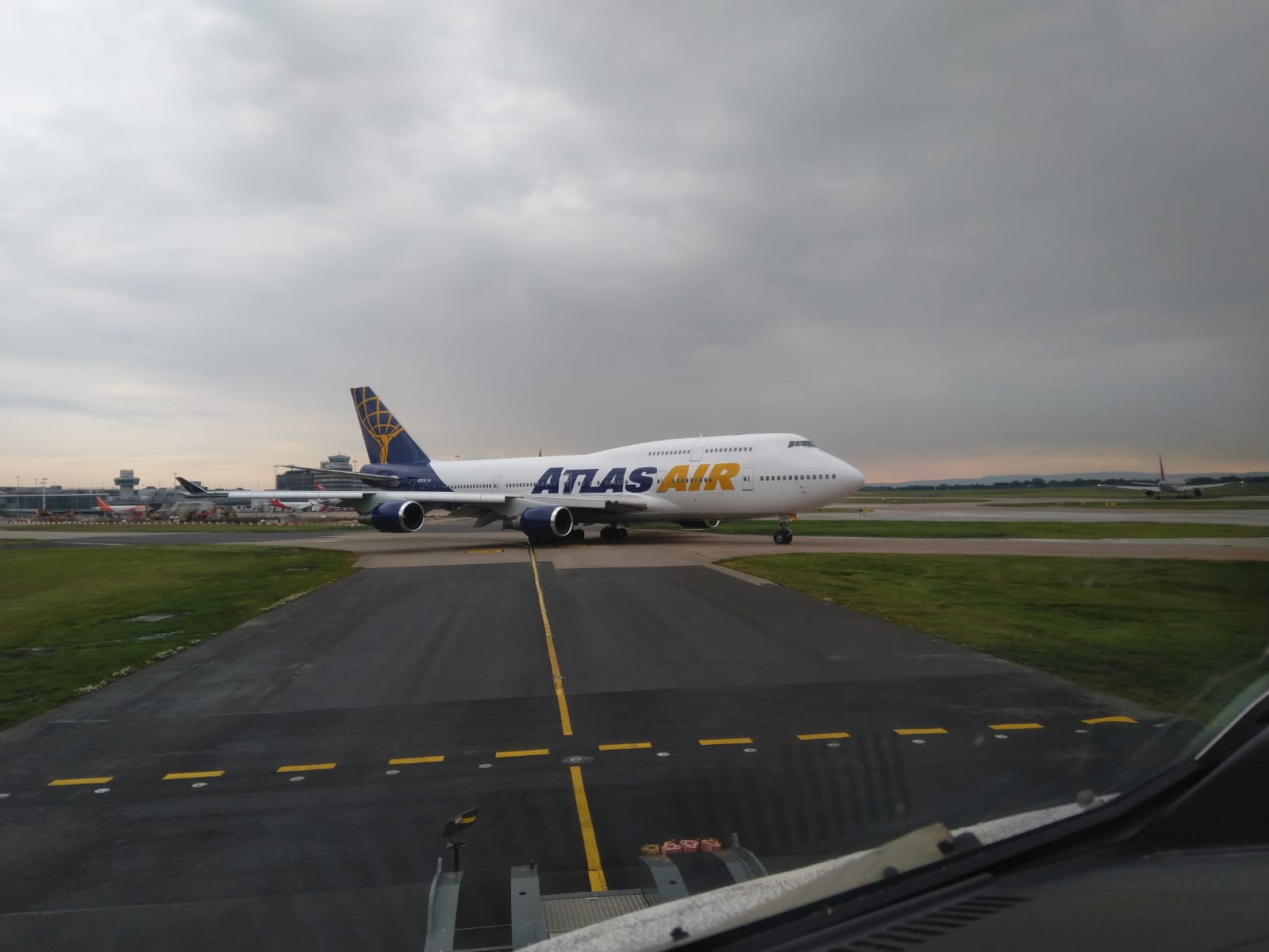An aircraft lease is complex and the lease conditions regarding obligations and protections serve to guard the asset and maintain value for the lessor, while allowing the lessee to operate the aircraft in a realistic and non disturbed manner during the lease period.
The lease is always going to favour the lessor in order to ensure the asset value and allow that the lessor maintains rights to the aircraft regarding access and or rights to repossess under certain circumstances – this is important as local or regional decisions can affect lessors and their dealings with certain countries or authority registrations if there is a risk to their asset.
For example the lease looks at “Event of Default and Immediate Return” such conditions as – If an Event of Default occurs and continues, the aircraft must be immediately returned to the lessor. This requirement assumes the aircraft will be promptly returned upon such an event to allow the lessor to re-lease or sell the aircraft, thus mitigating losses. Delays in returning the aircraft in such situations could lead to additional liabilities for the lessee and ultimately the lessor also.
The lease return will also have “Return Conditions Compliance” detailing such requirements as – The lessee must return the aircraft in compliance with the agreement and return conditions. A written plan must be provided to the lessor six months prior to the expiry date, detailing how the aircraft will be put into the required condition. This includes booking a maintenance slot well in advance to ensure compliance with the return conditions.
Additionally on lease return there may be an expectation that additional work requests by Lessor can be accommodated under certain conditions. Such a statement might expect something similar to the following, noting how the obligation can not result in late payments if delay is resultant of the additional work – prior to the aircraft’s return, the lessee agrees to perform any additional work requested by the lessor that can be reasonably accommodated without affecting the expiry date. The lessor will reimburse the lessee for the additional costs, but delays caused by this additional work will not result in rent payments by the lessee during the delay period.
Also a key part of the return is the lessor inspection and as such there will be requirements for the “Inspection Period” that will require before the return, the lessee shall make the aircraft available for inspection by the lessor to verify compliance with the return conditions.
Another key area is the Certificate of Airworthiness and Deregistration – depending on the aircraft registration and subsequent lease the aircraft might be registered in a different country post-return, the lessor may require the lessee to prepare the aircraft to meet the new aviation authority’s airworthiness requirements, it may be included as a condition in the lease similar to the additional work request in that the work cause any delay in the return or withdrawal of the aircraft from revenue service meaning that the scope of interference is limited.
The lease is a vast and complex document and these show how there are many conditions in the lease to cover a multitude and in the main protect the lessor and asset value / asset return.
If you are interested in learning more why not consider our Lease Transition Awareness Course and follow us on LinkedIn
